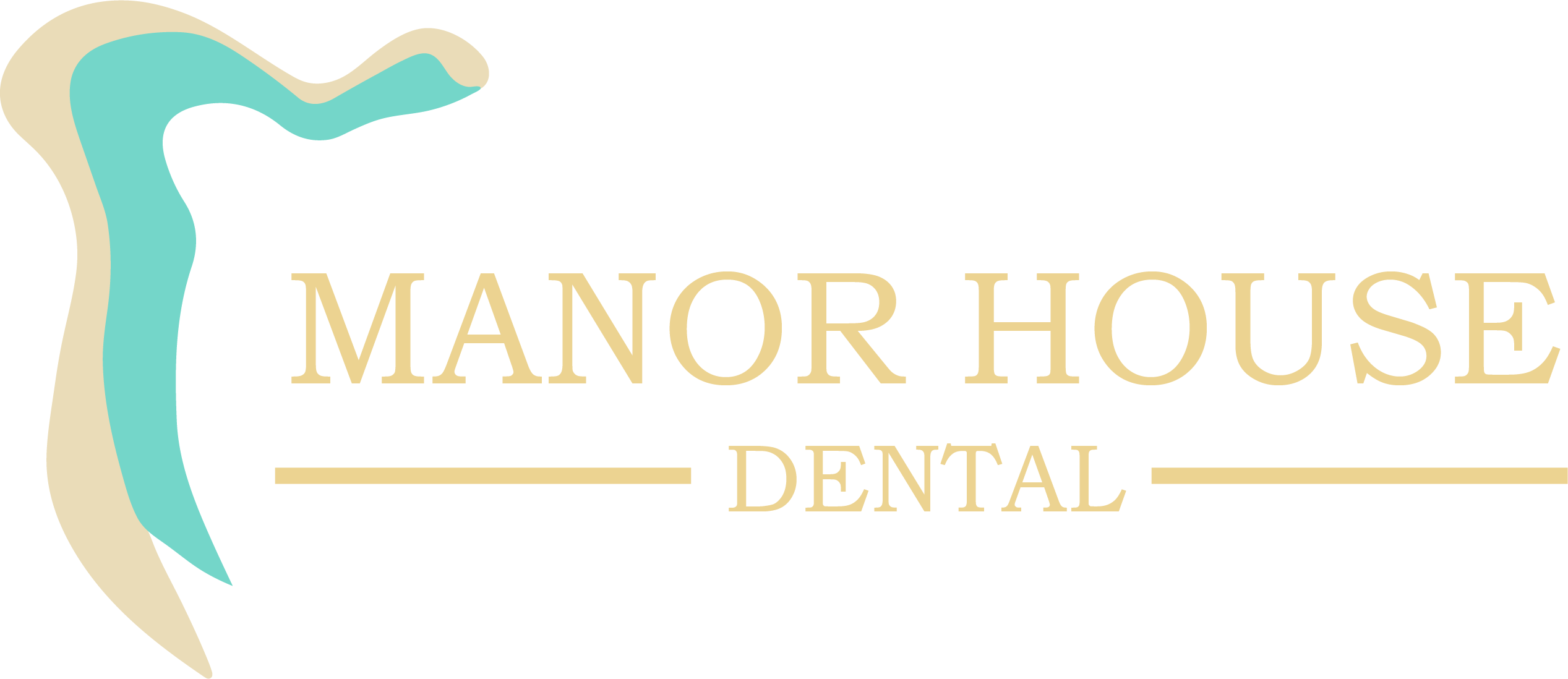Have you ever wondered, “Why are my canine teeth yellow?”. Many individuals observe that their canine teeth appear more yellow compared to other teeth. This common dental issue might leave you feeling self-conscious about your smile.
A key fact about our teeth is that the enamel covering them is naturally translucent, allowing the dentin underneath—a naturally yellow substance—to show through, particularly in our canines which have thicker dentin.
We’ll explore these causes in-depth and provide tips on dental care including ways to improve oral hygiene and options for tooth whitening. Let’s unveil the secrets behind discoloured canine teeth together.
Key Takeaways
-
- Your canine teeth may look yellow because they have more dentin, which is naturally yellow.
- Eating and drinking dark-coloured things like coffee and red wine can stain your teeth.
- Smoking or using tobacco makes canine teeth turn yellow by leaving tough stains.
- Not looking after your oral hygiene properly allows plaque to build up, making teeth discoloured.
- Brushing regularly and avoiding things that stain your teeth can help keep them from turning yellow.
Reasons for Yellow Canine Teeth
Canine teeth turn yellow due to consuming dark-coloured foods and beverages, smoking, or having poor oral hygiene. Enamel wear is also a common cause of yellowing in canine teeth.
Consumption of dark-coloured foods and beverages
Eating and drinking dark-coloured items is a major cause of yellow teeth, especially in the canine area. Foods like berries, soy sauce, and beetroots stain teeth over time. Beverages such as coffee, tea, red wine, and cola are also culprits of dental discolouration.
These substances have intense colour pigments called chromogens that attach to the enamel on your teeth, causing stains.
Poor oral hygiene allows these stains to penetrate deeper into the enamel and even affect the dentin underneath. Regular brushing can prevent some staining but may not remove it all once it settles.
Smoking and tobacco use further worsen tooth discolouration by adding nicotine-induced yellowing or brownish tints to your canine teeth.
Smoking and tobacco use
Smoking and tobacco use can lead to yellowing of canine teeth. Tobacco contains nicotine and tar, which can cause stubborn stains on teeth. Smoking also reduces blood flow to the gums, affecting overall oral health.
The chemicals in tobacco can contribute to plaque and tartar buildup, leading to discoloured teeth despite regular brushing.
Canine teeth can be significantly affected by smoking and tobacco use due to the direct contact between the substances and the front of these prominent teeth that are used for tearing food.
Over time, this can result in noticeable discolouration.
Quitting smoking is crucial not only for overall health but also for maintaining a bright smile.
Poor oral hygiene
Poor oral hygiene, such as infrequent brushing and flossing, can lead to a buildup of plaque and tartar on your teeth. This can result in tooth discolouration over time, including yellowing of the canine teeth.
Neglecting proper dental care allows stains from dark-coloured foods and beverages to linger on the enamel, further contributing to the yellow appearance. Maintaining good oral hygiene is crucial for preventing and reducing tooth discolouration.
Moving forward, let’s explore the impact of smoking and tobacco use on canine tooth discolouration.
Conclusion
Yellow canine teeth can be caused by consuming dark foods and drinks, smoking, or poor dental care. To whiten them, improve dental hygiene and avoid staining substances. Start with a new oral health routine today!



